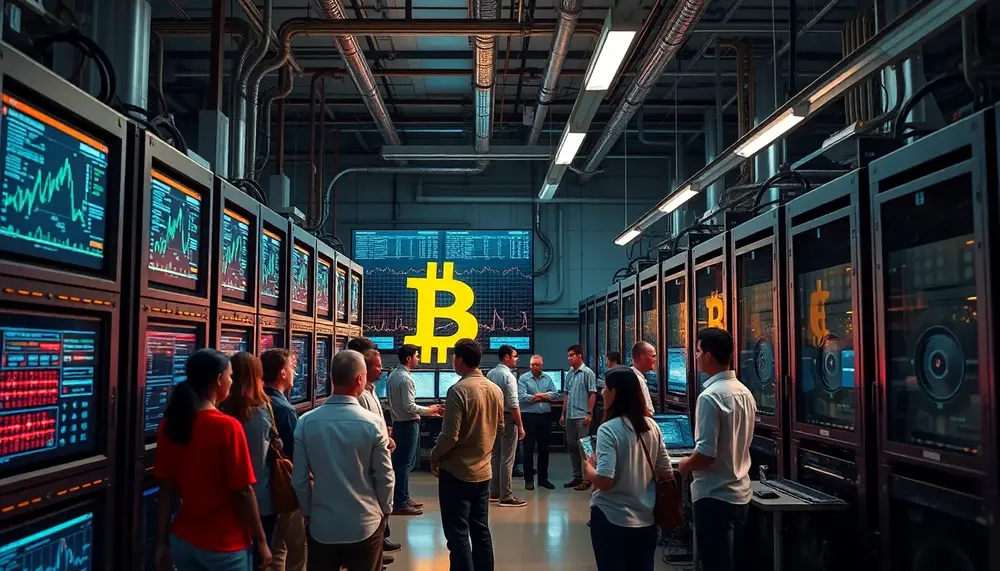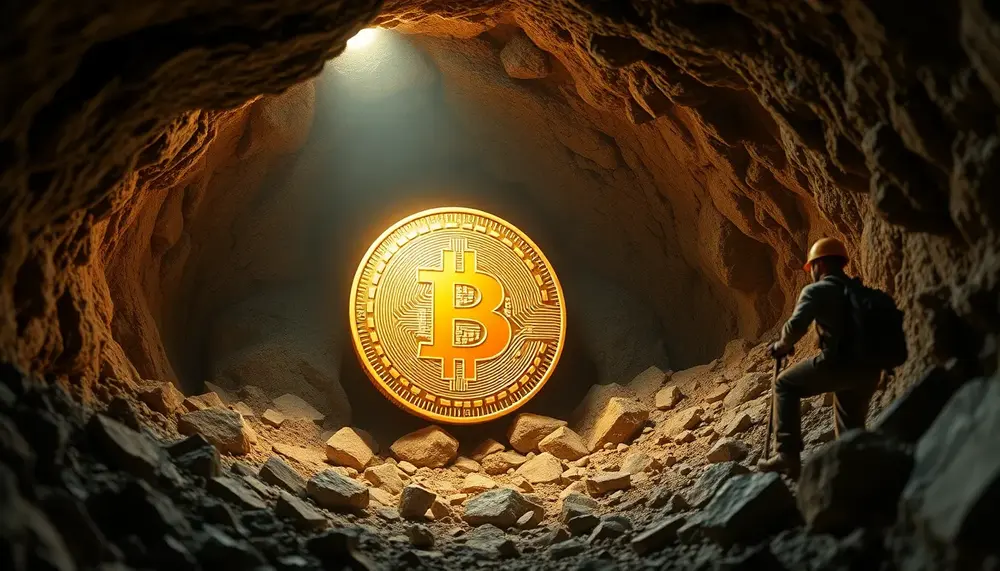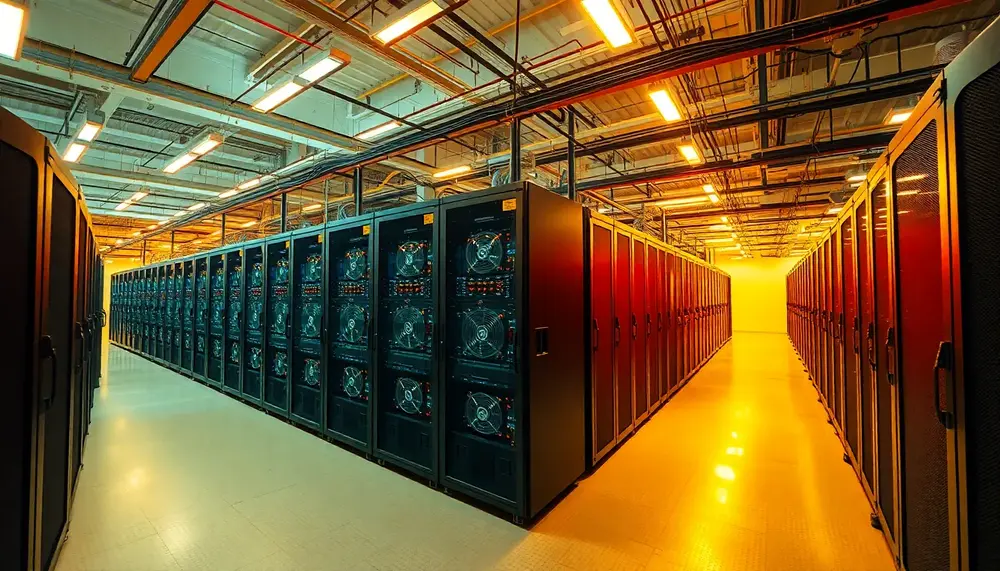Ecosystem
Ecosystem
One of the key terms that often appears in discussions about Bitcoin Mining is the 'Ecosystem'. This term is not exclusive to Bitcoin Mining and is widely used in different contexts. However, within the scope of Bitcoin Mining, it holds a specialized meaning. Let's delve further to understand what exactly is meant by Ecosystem in the context of Bitcoin Mining.
Understanding the Ecosystem
In general, an ecosystem refers to a complex network or interconnected system. It's a term borrowed from biology, where it refers to the community of living organisms and their environment, working together as a system. Translating this concept to Bitcoin Mining, it represents the totality of actors, rules, processes, and technologies that make Bitcoin Mining possible and sustainable.
The Components of the Bitcoin Mining Ecosystem
The Bitcoin Mining Ecosystem encompasses various factors. Some of the primary components include:
- Miners: The individuals or entities who employ computing power to solve complex mathematical problems, thus adding new blocks to the blockchain and earning bitcoin as a reward.
- Hardware: The physical equipment used for mining. This includes, but not limited to, GPU (Graphic Processing Units), ASIC (Application-Specific Integrated Circuit) chips, and other high-performance computer hardware.
- Software: The programs or applications that miners use to connect to the Bitcoin network, perform the mining operation, and secure the blockchain.
- Blockchain: The public ledger where all confirmed transactions are included as a chain of blocks.
- Energy resources: Bitcoin Mining consumes significant amounts of power. Hence the availability and cost of energy resources form a critical part of the ecosystem.
How Does the Ecosystem Function?
The Ecosystem in Bitcoin Mining functions through the interaction of its various components. Miners use hardware and software to solve complex mathematical problems. In doing so, they secure the blockchain and in return, are rewarded with newly generated bitcoins. All these activities are performed within the confines of the rules laid down by the Bitcoin protocol, yet influenced by external factors like regulatory environment and market dynamics.
Why is the Ecosystem Important?
The Bitcoin Mining Ecosystem is crucial because it determines the efficiency, sustainability, and overall performance of Bitcoin Mining. Understanding the ecosystem helps participants make informed decisions about mining strategies, equipment purchases, energy usage, and more.
Blog Posts with the term: Ecosystem

Cloud mining allows individuals to lease processing power from remote data centers for cryptocurrency mining, offering convenience and lower upfront costs but potentially reduced earnings and risks of scams. Hardware mining involves owning equipment with greater control and profit potential...

This article explores the connection between Bitcoin mining and renewable energy, specifically focusing on solar, wind, and hydropower sources. It highlights the shift towards renewable energy in Bitcoin mining driven by environmental concerns, economic benefits, and advancements in technology. The...

Crypto mining on a Mac is possible but requires careful planning due to hardware limitations and software compatibility issues. To optimize performance, choose the right mining software like CGMiner or MacMiner, manage background processes, update your system regularly, and consider...

USDT (Tether) is a stablecoin pegged to the US Dollar, offering stability and liquidity in the cryptocurrency market. Unlike traditional cryptocurrencies that are mined, USDT can be earned through methods like liquidity mining, staking, and cloud mining; setting up involves...

Strip mining is a surface mining method used to extract mineral deposits close to the earth's surface by removing overburden, with techniques like area and contour mining being particularly effective for coal extraction. While it offers efficiency and cost-effectiveness compared...

Mining pools allow miners to collaborate and increase their chances of earning rewards by pooling resources, making the mining process more accessible and decentralized. When choosing a pool, factors like fees, payment methods, reputation, size, and server location should be...

Cloud mining allows individuals to mine cryptocurrencies remotely by leasing power from data centers, and Binance offers such services through its platform. Users can purchase contracts on Binance Cloud Mining without needing personal hardware or technical knowledge, but profitability is...

USDT, or Tether, is a stablecoin pegged to the US Dollar and issued by Tether Limited through fiat collateralization, ensuring each token is backed by real-world assets. It plays a crucial role in cryptocurrency trading due to its stability and...

Ethereum mining can be profitable but carries risks, including scams that lead to financial losses. This article explains how to identify common Ethereum mining pool scams and provides tips for protecting your investments by recognizing red flags such as unrealistic...

XRP, created by Ripple Labs in 2012, is designed for fast and cost-effective cross-border transactions using a semi-centralized ledger maintained by independent validator nodes. Unlike Bitcoin and Ethereum, XRP cannot be mined as all its tokens were pre-mined at inception;...

Bitcoin's mining reward system, which reduces rewards through halving events approximately every four years to maintain scarcity and influence market dynamics, plays a crucial role in shaping Bitcoin's value and technological evolution. These halvings impact supply by capping it at...

Mining pool payout schemes determine how rewards are distributed among miners, with options like Pay-Per-Share (PPS) offering predictable payouts and others like Proportional rewarding based on contribution during block rounds. Each scheme has unique benefits tailored to different miner preferences...

Verus mining pools leverage the VerusHash algorithm to offer fair and efficient cryptocurrency mining, allowing even those with regular hardware a chance at rewards; choosing the right pool involves considering factors like fees, payment systems, server locations, and community support....

USDT DeFi Mining allows users to earn rewards by leveraging decentralized finance protocols using the stablecoin USDT, offering benefits like stable returns and passive income but also posing risks such as smart contract vulnerabilities and market volatility. This guide covers...

Understanding your objectives for Bitcoin mining is crucial, as it influences decisions on hardware, location, and risk management; key cost factors include electricity rates, cooling needs, maintenance expenses, and network difficulty. Efficient hardware can reduce energy costs significantly but often...
